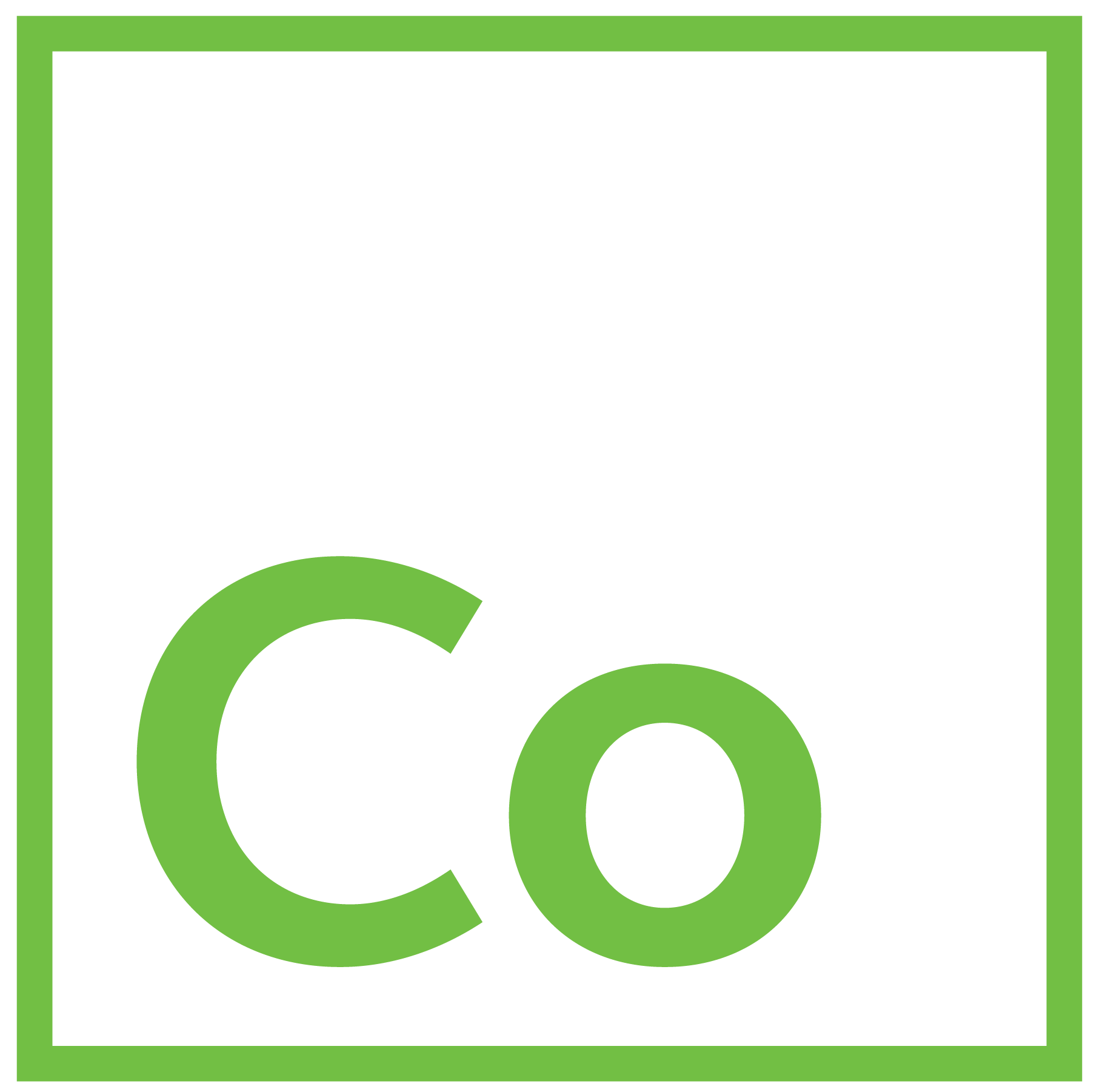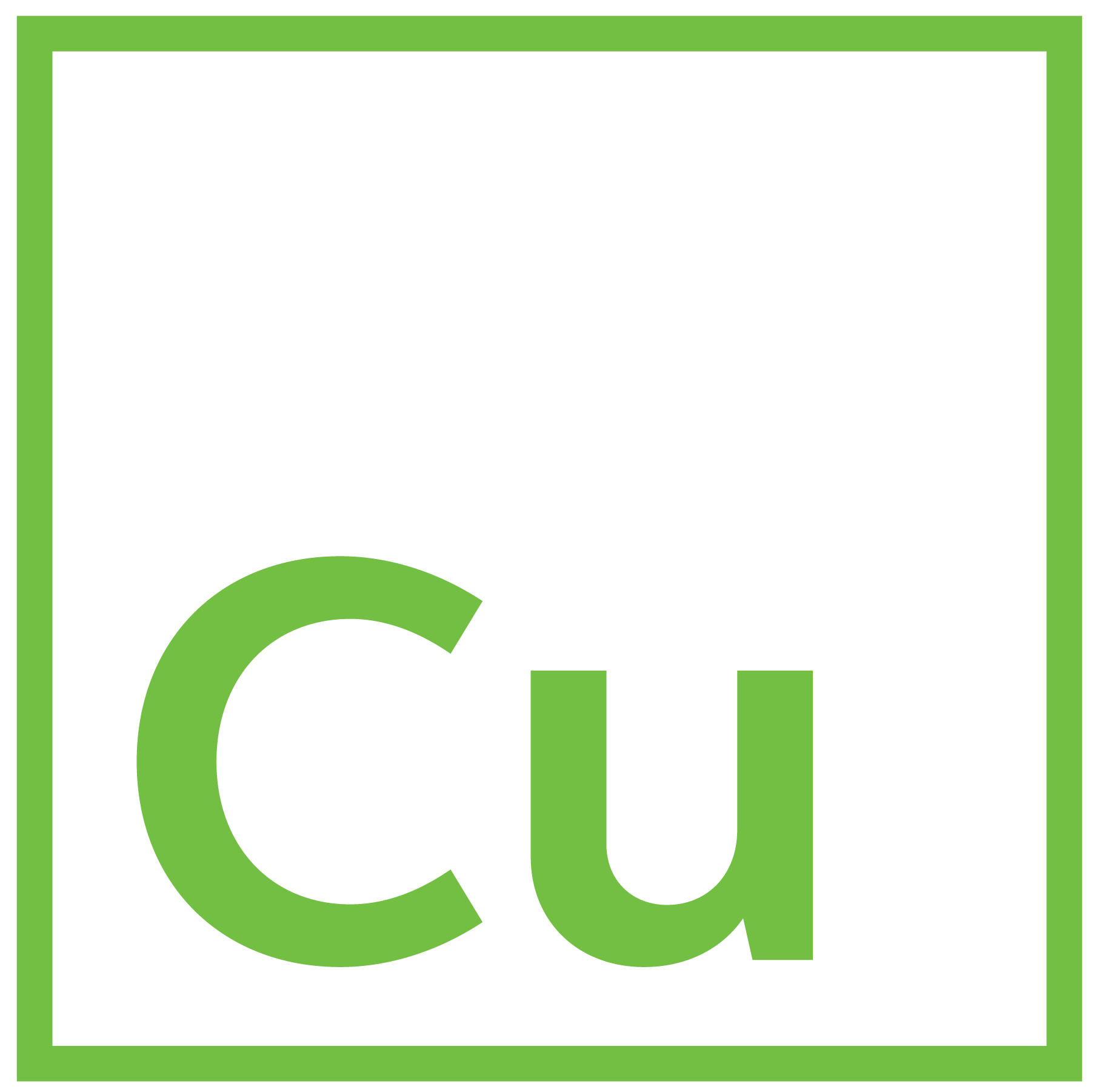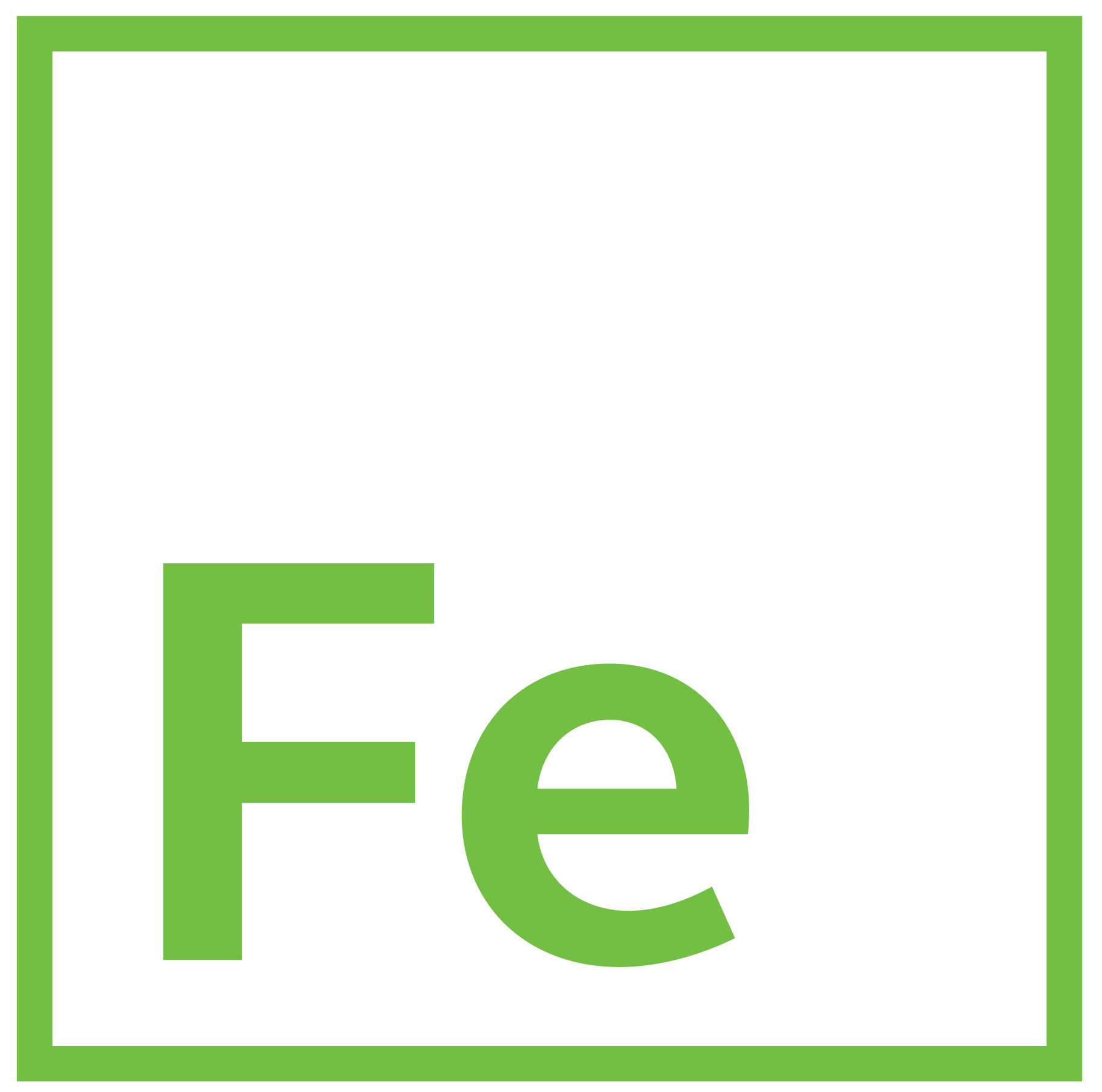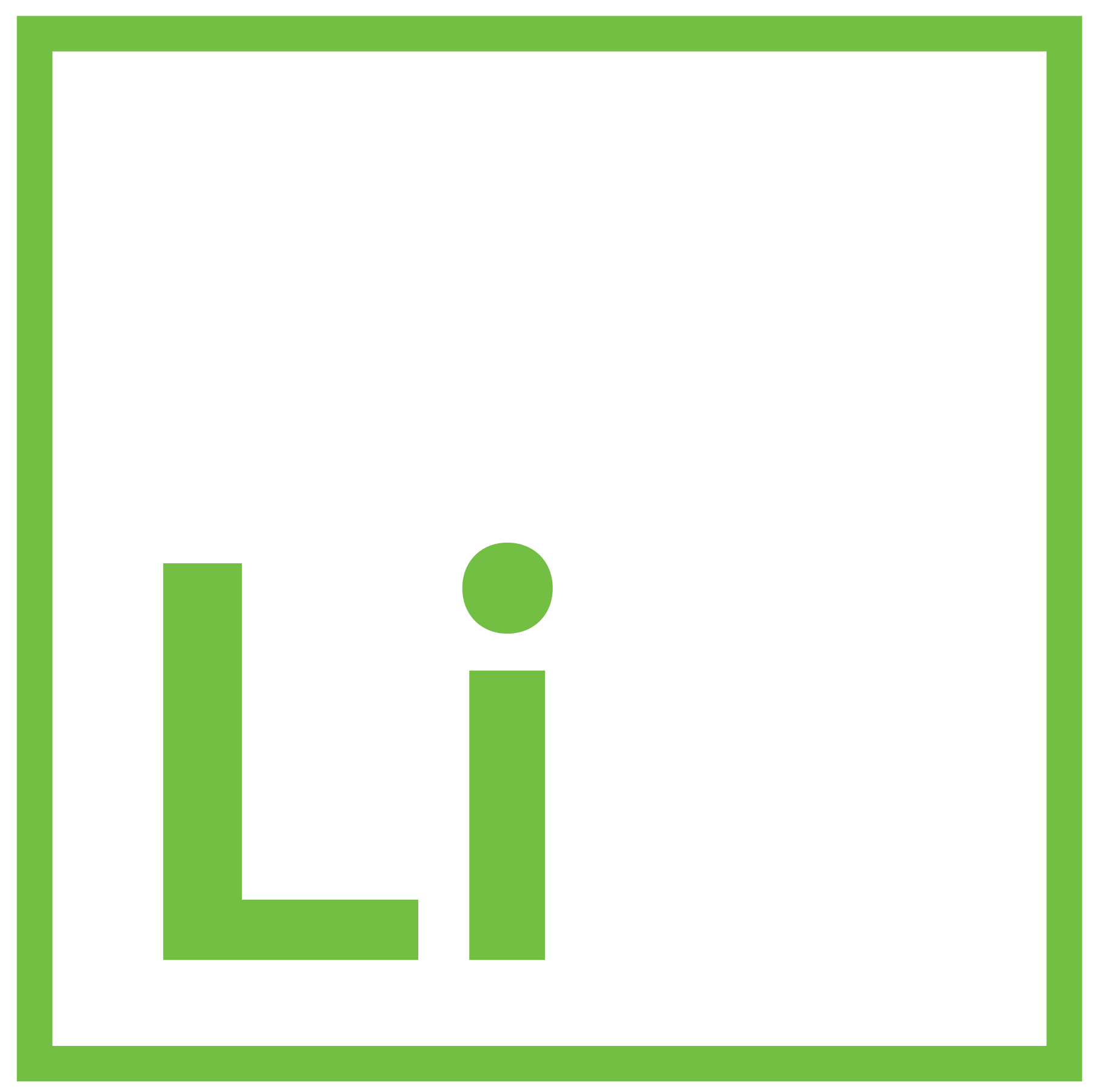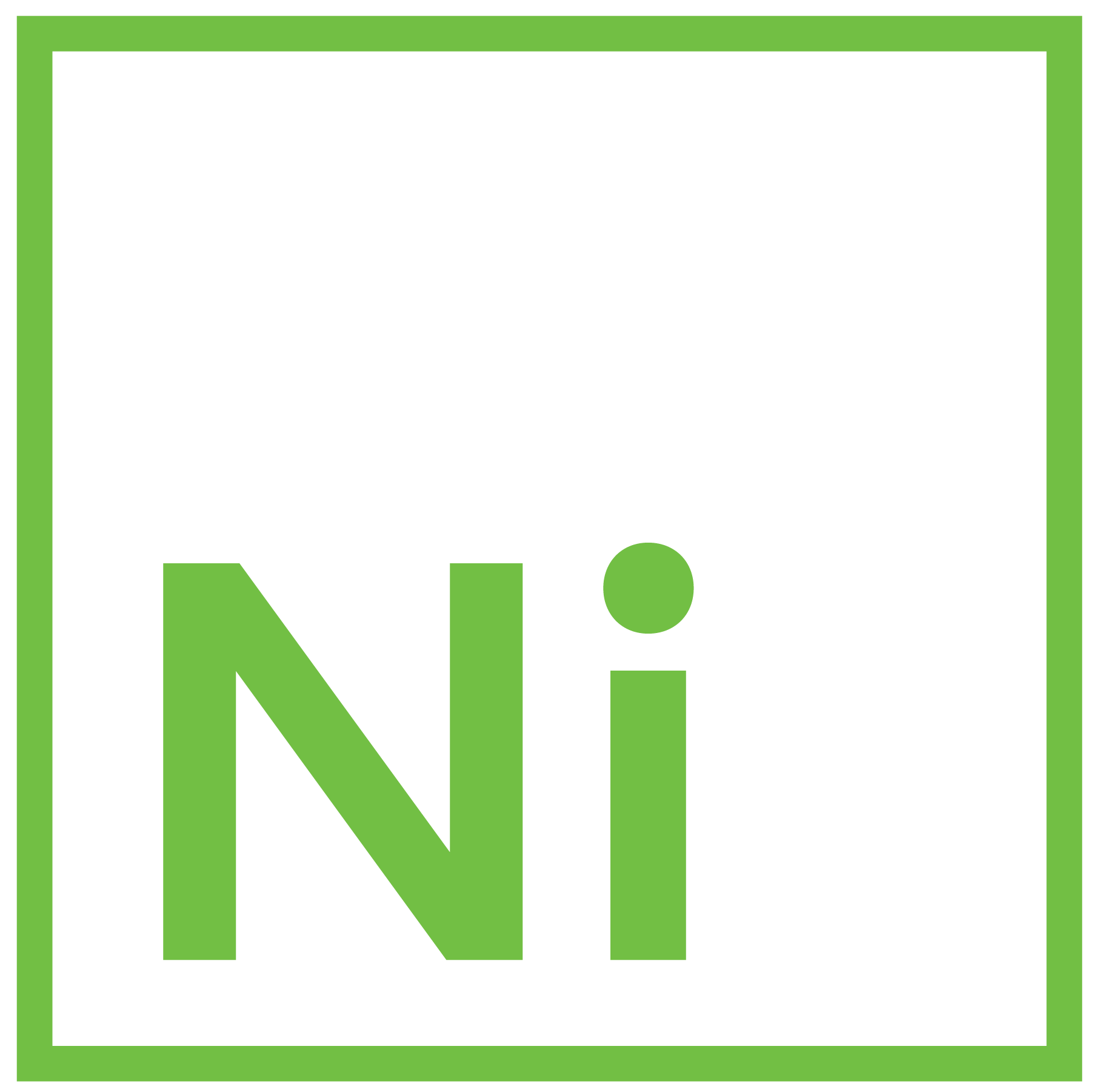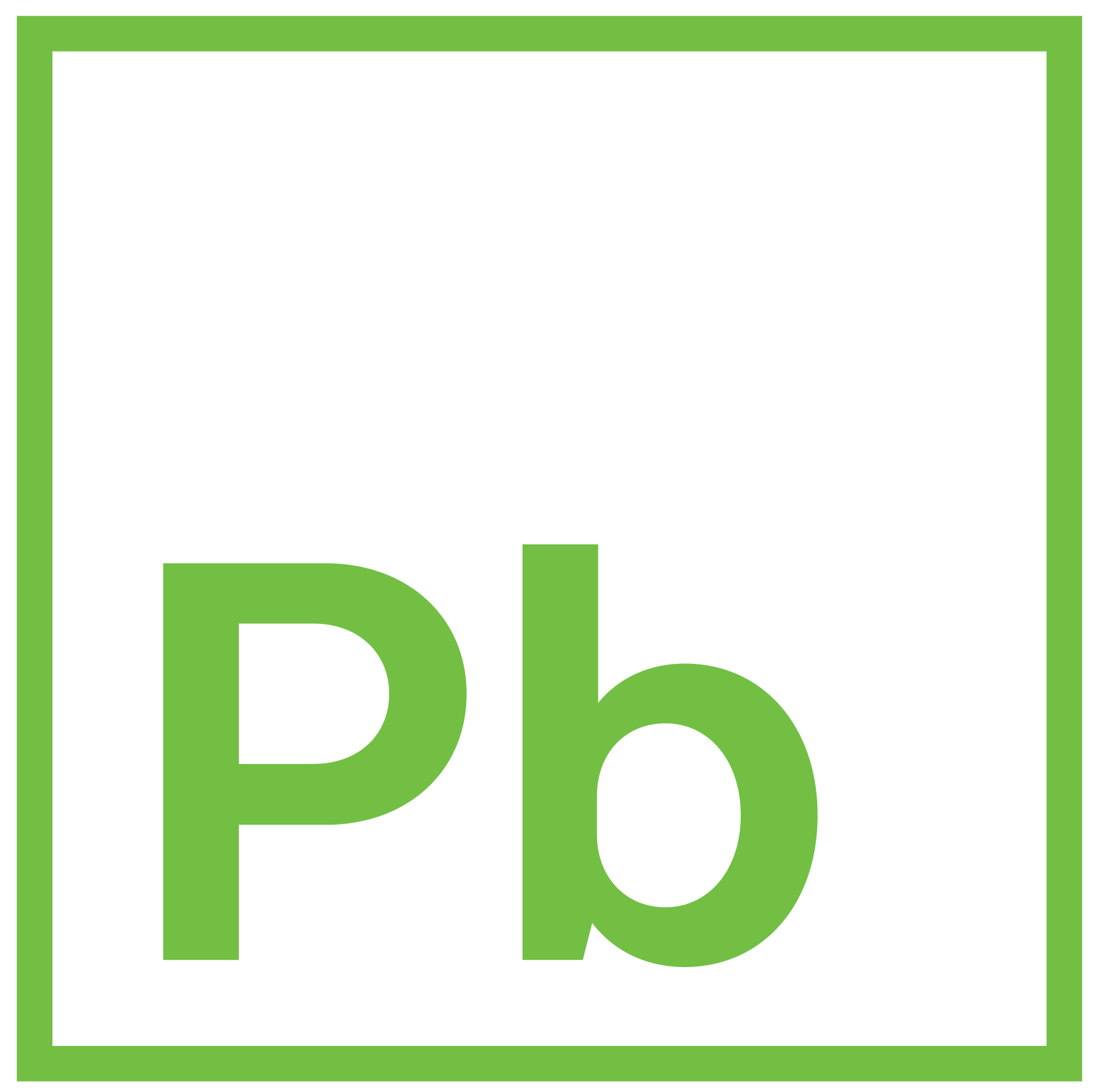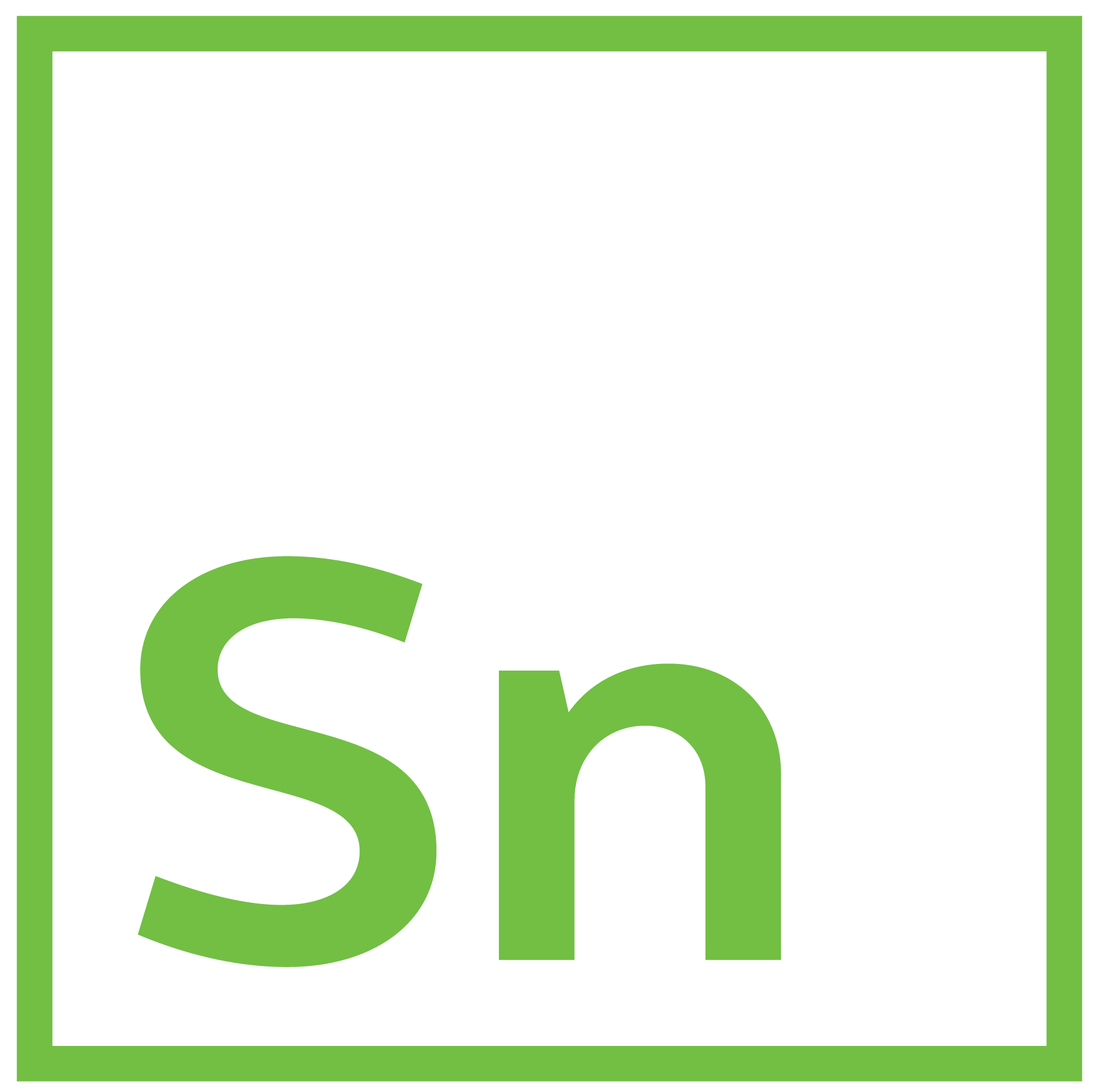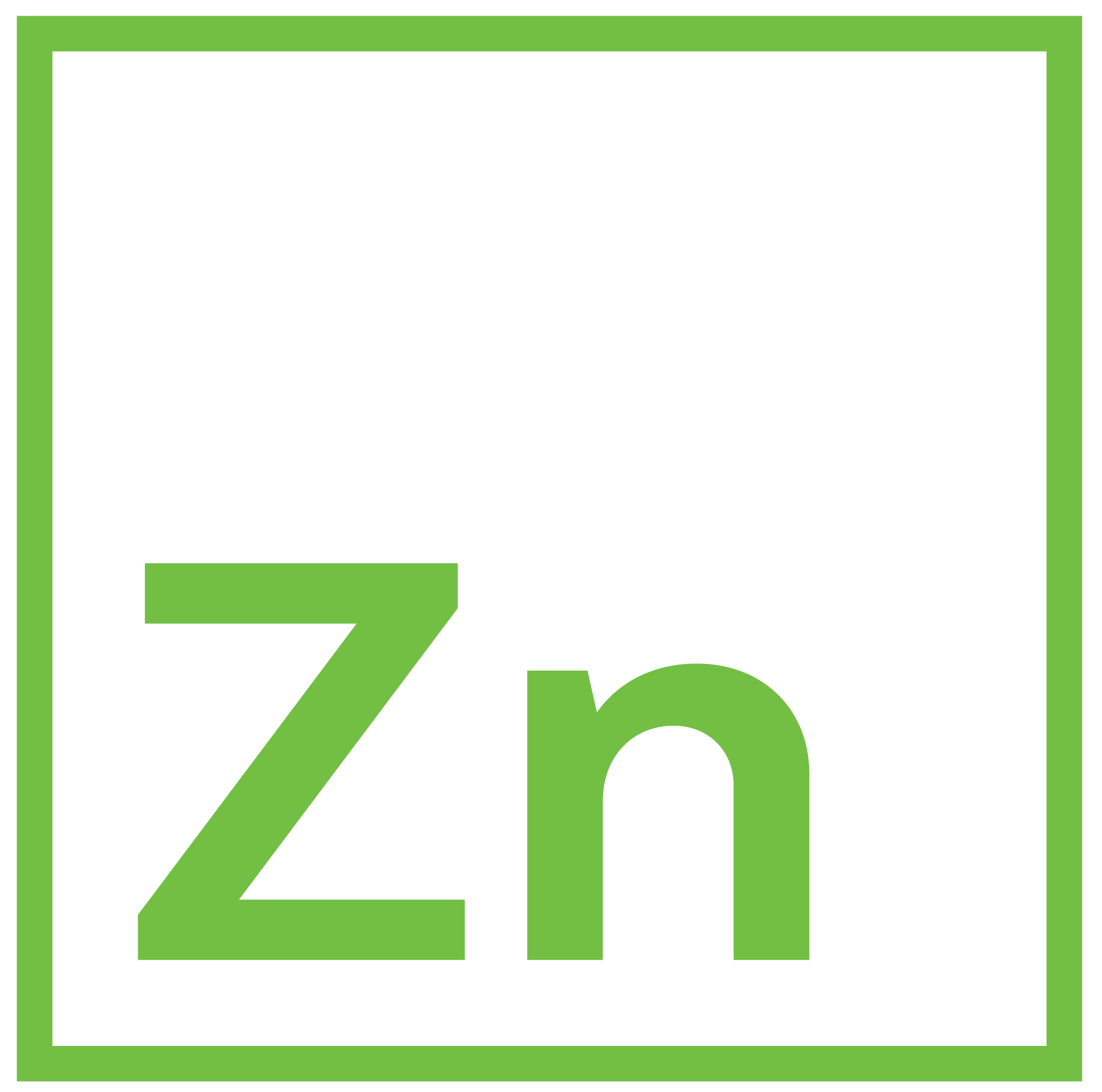New production and futures trading mark a new era in the key battery metal
The launch of a new lithium hydroxide contract on the London Metal Exchange (LME) will significantly expand global trading opportunities for producers, processors, and end-users. The volatile metal has become a vital element in long-life, energy-dense batteries used for everything from mobile telephones to electric cars and even trucks. The trading of lithium contracts on major exchanges represents the maturity of a business that until recently was dominated by a handful of large suppliers under bilateral fixed-price contracts.
“The exchange trading of lithium contracts is not yet a big deal, but it is the start of a big deal,” said Will Adams, Head of Battery Raw Materials research at Fastmarkets. “The pricing mechanism in the markets continues to evolve. We still expect some fixed pricing under the old [bilateral] format to continue even while the contracts traded on the exchanges expand.”
United States Geological Survey reports note that although regional markets vary, “global end-use markets for lithium are: batteries, 65%; ceramics and glass, 18%; lubricating greases, 5%; polymer production, 3%; continuous casting mold flux powders, 3%; air treatment, 1%; and other uses, 5%.”
“Lithium consumption for batteries has increased significantly in recent years,” the report continued, “because rechargeable lithium batteries are used extensively in the growing market for portable electronic devices and increasingly are used in electric tools, electric vehicles, and grid storage.”
Fastmarkets’ lithium hydroxide monohydrate (56.5% LiOH.H2O min, battery grade, spot price, cif China, Japan & Korea) was $20-21 per kilogram on 16 September of this year. A year ago, the assessment was $8.50-9.50 per kg.
The price previously peaked around $20 per kg in 2018 and then was in a downward trend until September 2020. The low was $6.75 per kg for the fourth quarter of 2021 and has since risen sharply, by 107%.
The most liquid spot market is ex-works China, which tends to move in a wider range but still tracks the same pattern. It peaked at 175,000 yuan ($27,046) per metric tonne in November 2017, then fell to a low of 39,000 yuan per metric tonne in September 2020. It has held at around 90,000 yuan per metric tonne in 2021, Fastmarkets’ data shows.
Price evolution over the past few years has followed a classic commodity boom and bust cycle. Peaks came in 2017 and 2018 when electric vehicles (EVs) became more popular. Producers responded with significant new capacity, which tipped the market into over supply. This year, demand has started to catch up. The cyclical trend has been accelerated by global supply-chain dislocations wrought by the pandemic.
Kathleen Hogan, Acting Undersecretary for Science and Energy at the U.S. Department of Energy, told a Senate Committee on Energy and Natural Resources, “when it comes to expanding supply chains, we think an even greater and broader investment is warranted, both in terms of the scale of investment appropriate to securing supply chains and expanding manufacturing in the battery and vehicles space, as well as in other sectors.”
“Lithium is tight now and is likely to remain so into next year,” said Adams at Fastmarkets. “For the most part, we can see where supply is going to be coming from through 2025. The major producers have capacity that they idled in 2018 and 2019, and there are a host of juniors in Australia and North America. Beyond physical production, part of the challenge is that it can take between six and 18 months for new supply to be qualified.”
PRA-based pricing and exchange-traded contracts will become the norm, said Adams, “because they provide more transparency to all parties. They make market movements smoother, especially for processors. Being in the middle of the supply chain, processors don’t really want the exposure to price risk.”
Companies at the ends of the supply chain are more comfortable with the inherent price exposures, but still need ways to manage them. “Consumers are most concerned with security of supply,” Adams explained. “They can now secure that supply, which can mean buying at an unknown future price, and then independently fix their costs at suitable prices if the opportunity arises.”
Antonio Masiero, Development Manager at the LME for the new cash-settled lithium contract, agrees. “Shareholders in mining companies want to be exposed to the variable price of the resource, the same way shareholders in a major oil company want to be exposed to the upside price of that commodity.”
At the other end of the supply chain, car makers prefer fixed contracts from the battery makers, Masiero explained. “Battery makers want fixed downstream pricing and variable upstream pricing,” particularly if they hedge against higher lithium prices.
The new LME instrument is a cash-settled futures contract for one metric ton priced in US dollars with monthly prompts, out to 15 months.
A more transparent and liquid global market for lithium is coming at a good time because other developments are likely to complicate the supply/demand balance. Many new producers aspire to make their presence felt, notably the host of “juniors” using solution mining.
At the other end of the business, battery recycling is growing exponentially around the world. Recycling of lithium-ion batteries is only just getting started – the units have a useful life of up to ten years, so the first EVs on the road are now entering the waste stream. Recycling is not simple, however – lithium metal is highly reactive and cobalt, which is essential to the structure and function of the batteries, is notoriously difficult to handle. Lithium-ion battery recycling is much more complicated that the system for traditional lead-acid batteries; in developed economies, recycling rates for traditional batteries nears 99% recovery.
Several businesses are setting up recycling facilities aimed at EV batteries. Redwood Materials has the capacity to process 20,000 m.t. a year of lithium-ion batteries at its two facilities in Carson City, Nevada. Li-Cycle has built two facilities, one in the U.S. and one in Canada, each with capacity of 5,000 m.t./year. At Fredrikstad, Norway, the Hydrovolt processing plant is under construction. It is a joint venture of aluminum producer Norsk Hydro and battery producer Northvolt. The facility intends to recycle 8,000 m.t. of electric vehicle batteries a year.
The worldwide lithium business is at an inflection point both in terms of supply and in terms of supply chain. Demand for high-density power storage is strong across the global economy. Growth is sufficient to support investment in new capacity from established producers as well as new entrants. Recycling is proving to be both environmentally necessary and economically viable. Proof of the maturity of the business is the evolution of from strictly bi-lateral, fixed-price contracts between buyers and sellers to include index-based contracts that can be hedged on major exchanges.
Published September 2021


